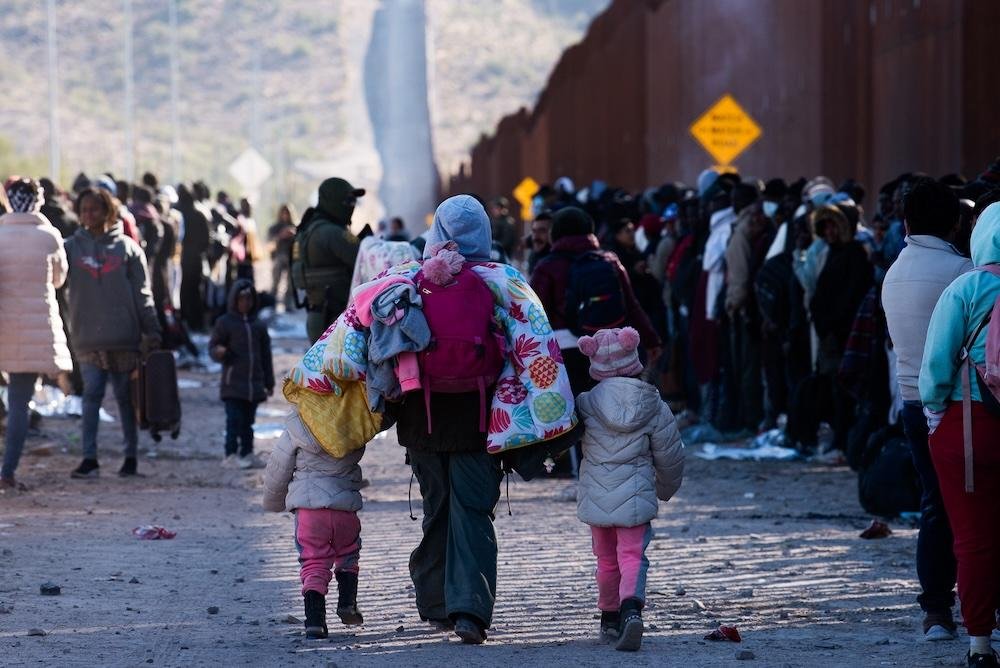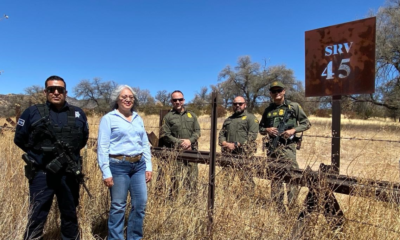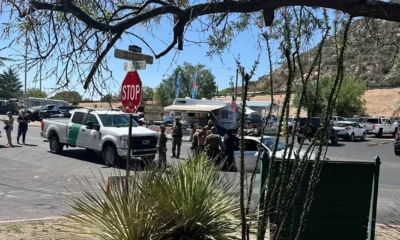border
Apps and Mobile Phones Can’t Dampen the Deadly Impact of Strict Border Policies

The U.S.-Mexico border is once again at the forefront of the presidential election discourse. Voter concerns about immigration are high, prompting both Democratic candidate Kamala Harris and Republican contender Donald Trump to pledge increased border security and measures to reduce the flow of asylum-seekers.
As an academic researcher and daughter of immigrants, I sought to understand the impact of restrictive migration policies over the decades. Through analysis of newspaper archives and reports from governmental and non-governmental organizations since the early 1990s, I discovered a troubling reality. Policies designed to limit migration often failed to do so, but they consistently led to a tragic increase in migrant fatalities along the journey.
The driving forces behind migration have intensified due to economic and political instability, violence, and climate change across Latin America. In 2023, the U.S. Customs and Border Protection reported about 2.5 million apprehensions and deportations at the U.S.-Mexico border—a staggering 750% increase since 1992. This surge began in the early 1990s alongside Operation Blockade, which aimed to secure the El Paso border by deploying 450 border patrol officers to verify documentation.
Consequently, migrants began to seek longer and more perilous routes to circumvent these checks. Many were asylum-seekers escaping persecution who aimed to file a claim for protection upon reaching the U.S. However, the asylum process, particularly since the COVID-19 pandemic, has grown increasingly complicated. The Trump administration’s Title 42 mandated that migrants remain in Mexico while filing their asylum claims, a rule that was modified by the Biden administration in May 2023 to necessitate that asylum-seekers apply through the CBP One mobile app prior to arrival.
This app, meant to facilitate the asylum process, has been notoriously unreliable. Many applicants now wait on the Mexican side of the border for an average of seven months, plagued by fear of their persecutors and the constant threat of violence and kidnapping.
Restricted access to legal entry has prompted migrants to traverse more dangerous terrains, particularly in Arizona’s Sonoran Desert. The U.S. Government Accountability Office noted that the death rate of border crossers more than doubled from 1995 to 2005, despite a stable number of crossings during that period. In 2023, nearly half of the 686 migrant deaths recorded occurred in the harsh Sonoran and Chihuahuan deserts, largely due to extreme weather conditions. In contrast, only 205 died making the crossing in 1993, prior to Operation Blockade.
To address the rising fatalities, organizations like Humane Borders have worked with the U.S. Department of Homeland Security to enhance emergency services along the border. An initiative launched in 2008 allowed migrants to call 911 for emergency help, yet this comes with dire risks. Reports indicate that calls from suspected migrants are often diverted to Customs and Border Protection instead of receiving immediate assistance. This redirection can lead to immediate identification and potential deportation.
Despite the ability to call for help, many migrants face a devastating dilemma: the choice between risking death in the desert or the dangers of being captured and deported. Research indicates that while mobile phones can provide some reassurance, the fear of detection often leads migrants to avoid using them altogether.
The number of emergency calls from the border region demonstrates a vital need for aid, yet restrictive policies continue to hinder their effectiveness. As migration pressures grow, the U.S. has increasingly hardened its stance on immigration, with lethal consequences for those attempting to seek safety across the border.


















